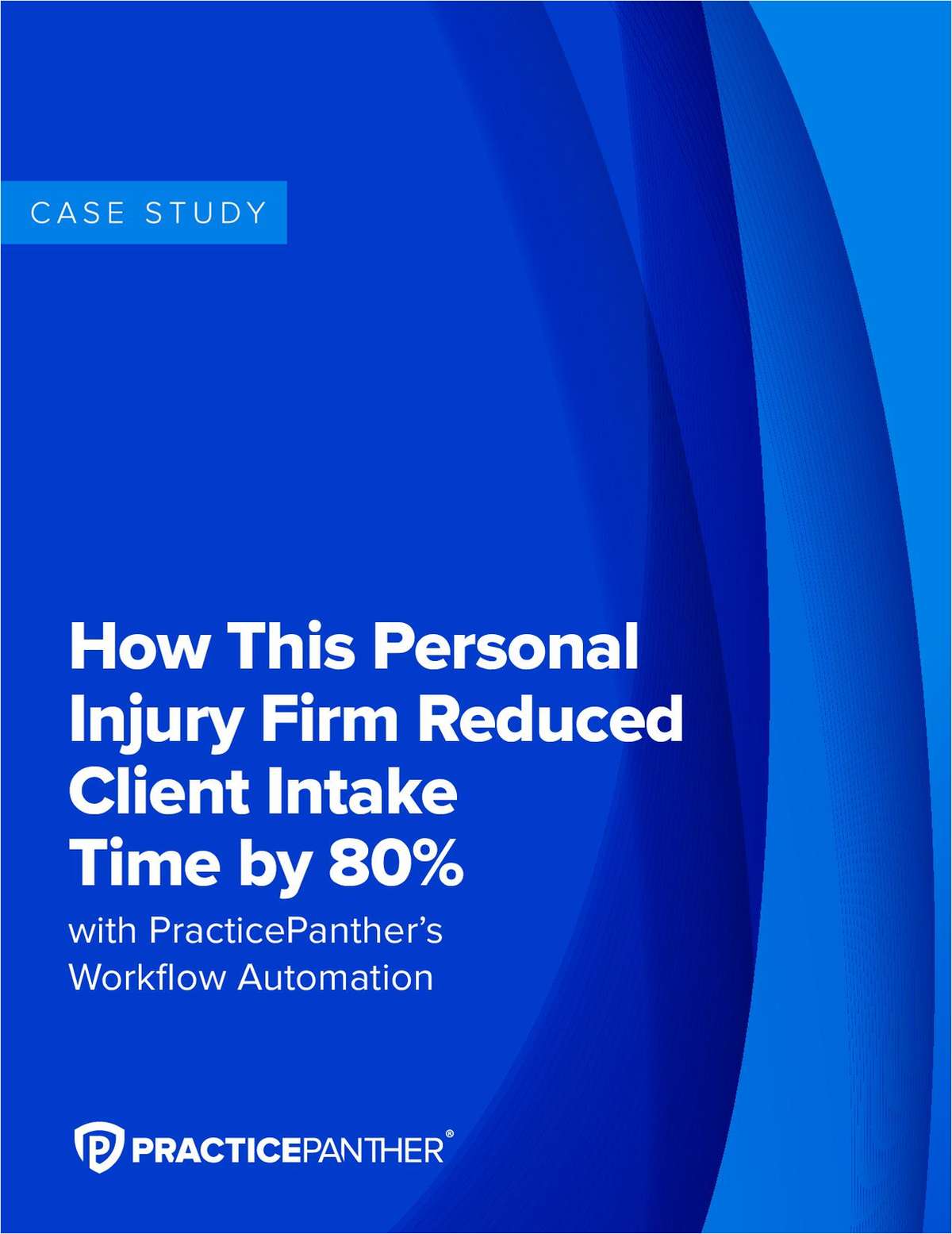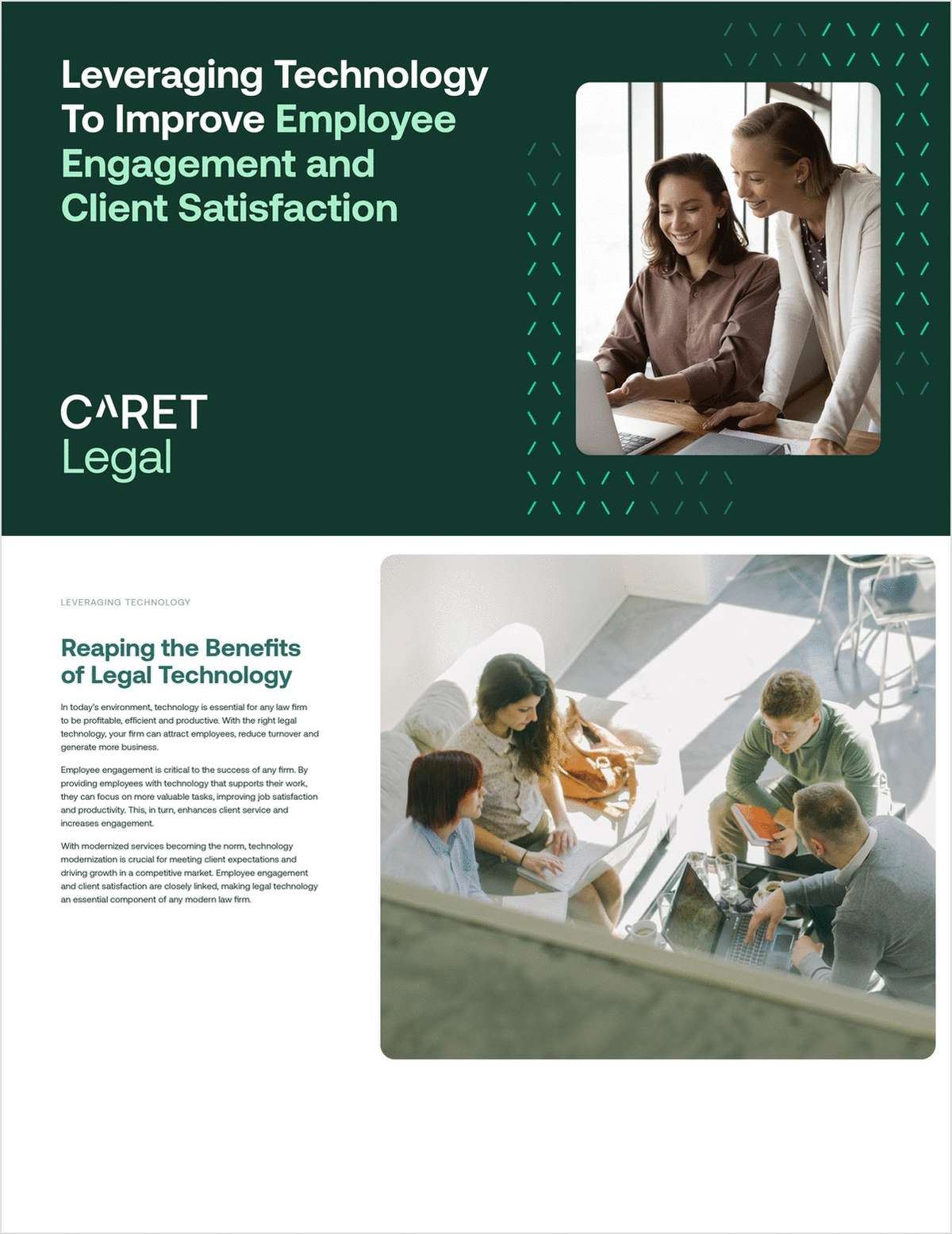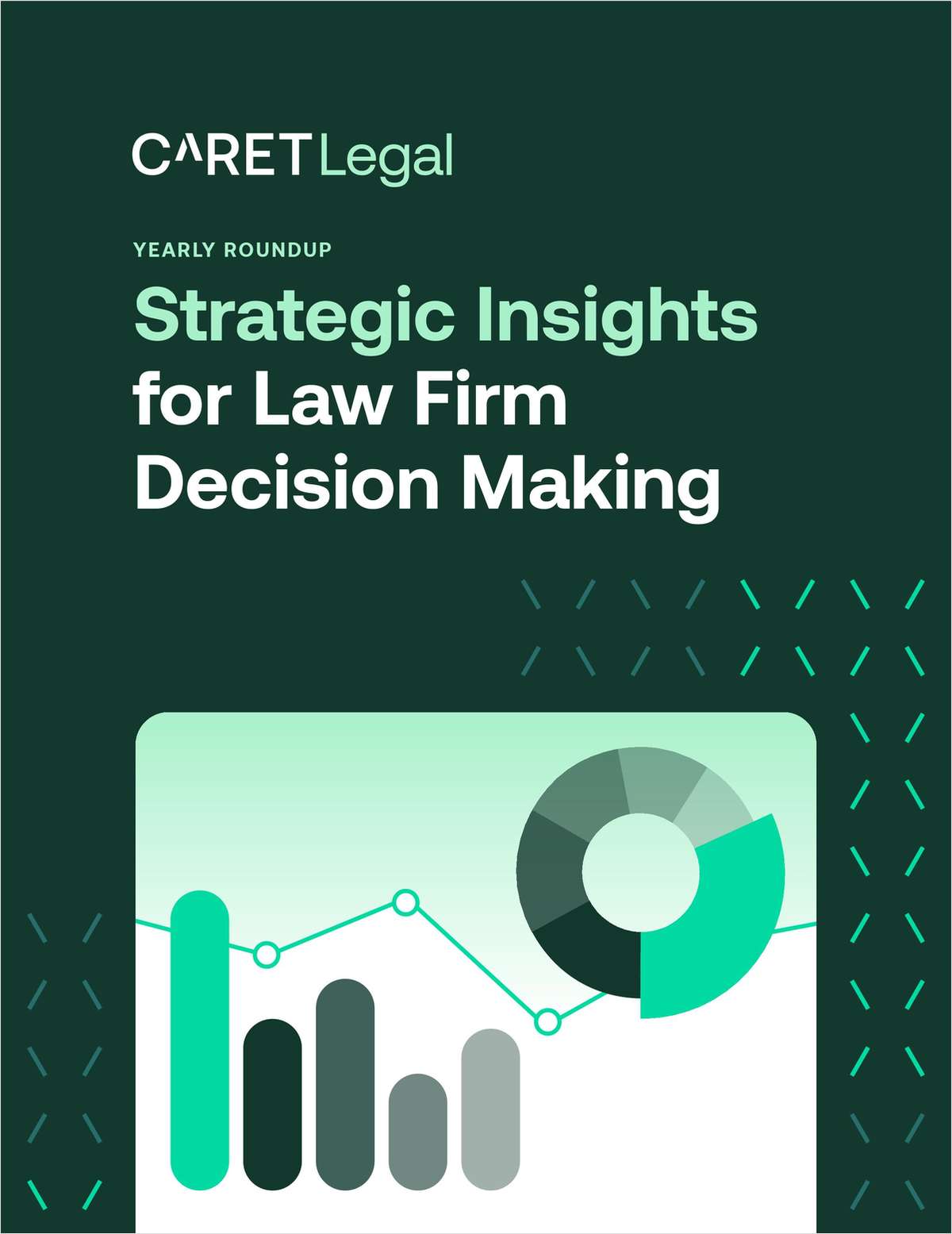 U.S. Senate Chamber. Credit: Architect of the Capitol.
U.S. Senate Chamber. Credit: Architect of the Capitol.Trial by Jury: What if Impeachments Were Tried Like Federal Crimes?
As the Senate impeachment trial commences, it's worth looking at the trial through the lens of the Federal Rules of Evidence, if only to see what guidance they provide.
January 21, 2020 at 04:42 PM
5 minute read
Now that an impeachment trial in the Senate is imminent, what would it look like if Chief Justice John Roberts conducted it like a federal criminal trial with a properly instructed jury? It won't be, of course, but you can bet that politicians on both sides of the aisle will be talking about what is and isn't hearsay, how to determine intent, the significance of circumstantial evidence, what to make of missing witnesses, and generally, what evidence is reliable.
While the Senate trial will definitely not be governed by the Federal Rules of Evidence, it's worth looking at them if only to see what guidance they provide. They are, after all, the product of many years of common law and statutory revision and exist "to the end of ascertaining the truth and securing a just determination." Likewise with typical jury instructions used in federal court. So, let's take a quick spin through the rules and standard instructions and clear up a few things.
First of all, practically all of what was described as "hearsay" in the House hearings is no such thing. Orders, commands and instructions—such as many of the text messages among Ambassador Gordon Sondland and other officials in the Ukraine saga—are often considered to be "verbal acts" that have legal significance regardless of their truth or falsity and are not hearsay at all. Most of the key emails and text messages would also be admissible to prove the recipient's understanding or the sender's state of mind. More broadly, many, if not all, of the communications between and among the central players would independently be admissible under the co-conspirator hearsay exception. Sen. Lindsey Graham, R-South Carolina, can come up with all the ridiculous analogies he wants—by the way, when has anyone ever been "convicted" of a parking ticket?—but the fact remains that virtually none of the key statements that emerged in the House impeachment inquiry would likely be excluded from a federal criminal trial as inadmissible hearsay.
Nor would it be significant in a real trial whether there was "direct" evidence of the president's intent. Every federal circuit that issues pattern jury instructions makes it clear that circumstantial evidence is just as good as direct evidence. Courts often remark that direct evidence of intent is rarely available and intent is "generally proved with circumstantial evidence." And most prosecutors would have a field day on the issue of intent based solely on the reconstructed memo of the president's call with the Ukrainian president.
Would the president's lawyers be allowed to argue in a real trial that his request for Ukraine to open an investigation into former Vice President Joe Biden and his son was motivated by a desire to root out corruption? Maybe in an opening statement. But they'd have to come up with some evidence during the trial in order to get a "theory of the defense" instruction. And such a defense would open the door to the prosecution showing the absence of other anti-corruption efforts by the president and his administration. There would also be a big fight over whether he could call the former vice president or his son as witnesses, with many federal judges likely hesitant to have a mini-trial over Burisma and Barack Obama-era foreign policy, especially where the real issue is the president's motivation in asking for the investigation and his pre-existing factual basis, rather than the merits of the Biden allegations.
Would Roberts give a missing witness instruction if John Bolton, Mick Mulvaney and others failed to appear at our hypothetical trial under the Federal Rules of Evidence? Possibly. While this instruction is disfavored in many jurisdictions, the facts here would lend themselves to its application. A missing witness instruction is sometimes available where the absent witness "would have been able to provide relevant, noncumulative testimony on an issue in the case" and "the witness was peculiarly in the other party's power to produce." This rule has particular application where the missing witness "has such a relationship with one party as to effectively make her unavailable to the opposing party." With the Senate in Republican hands and a clear record that the president has blocked key witnesses from testifying, many judges would likely exercise their discretion to allow an inference that the missing witness's testimony would have been unfavorable to the president. In any event, evidence about the president's blocking those witnesses from testifying—along with disregarding various congressional subpoenas—would surely be admissible in a criminal trial for obstruction of Congress.
Is the Senate trial going to look anything like a federal criminal trial? Of course not. But maybe we can hope that the senators, especially the lawyers among them, will think a bit about their actual experience in court before making claims about "hearsay," "evidence" and other facets of trials where there are actually rules. After all, 10 senators in the 116th Congress are former prosecutors, 47 list the law as their professional occupation, and 53 hold law degrees.
Stuart Gasner, who was a partner at the firm for over 20 years, is of counsel at Keker, Van Nest & Peters, focusing his practice in the areas of white-collar criminal and securities defense, intellectual property litigation and complex corporate disputes. A former federal prosecutor, he has tried more than 25 cases to verdict before juries across the United States. Nicholas Green, associate at the firm, contributed research support to this article.
This content has been archived. It is available through our partners, LexisNexis® and Bloomberg Law.
To view this content, please continue to their sites.
Not a Lexis Subscriber?
Subscribe Now
Not a Bloomberg Law Subscriber?
Subscribe Now
NOT FOR REPRINT
© 2024 ALM Global, LLC, All Rights Reserved. Request academic re-use from www.copyright.com. All other uses, submit a request to [email protected]. For more information visit Asset & Logo Licensing.
You Might Like
View All
Preparing for Measured, Responsible and Reasoned Consumer Welfare Policy
4 minute read
The Marble Palace Blog: The Supreme Court’s Bond With Baseball


Protecting Attorney-Client Privilege in the Modern Age of Communications
6 minute readTrending Stories
- 1The Key Moves in the Reshuffling German Legal Market as 2025 Dawns
- 2Social Media Celebrities Clash in $100M Lawsuit
- 3Federal Judge Sets 2026 Admiralty Bench Trial in Baltimore Bridge Collapse Litigation
- 4Trump Media Accuses Purchaser Rep of Extortion, Harassment After Merger
- 5Judge Slashes $2M in Punitive Damages in Sober-Living Harassment Case
Who Got The Work
Michael G. Bongiorno, Andrew Scott Dulberg and Elizabeth E. Driscoll from Wilmer Cutler Pickering Hale and Dorr have stepped in to represent Symbotic Inc., an A.I.-enabled technology platform that focuses on increasing supply chain efficiency, and other defendants in a pending shareholder derivative lawsuit. The case, filed Oct. 2 in Massachusetts District Court by the Brown Law Firm on behalf of Stephen Austen, accuses certain officers and directors of misleading investors in regard to Symbotic's potential for margin growth by failing to disclose that the company was not equipped to timely deploy its systems or manage expenses through project delays. The case, assigned to U.S. District Judge Nathaniel M. Gorton, is 1:24-cv-12522, Austen v. Cohen et al.
Who Got The Work
Edmund Polubinski and Marie Killmond of Davis Polk & Wardwell have entered appearances for data platform software development company MongoDB and other defendants in a pending shareholder derivative lawsuit. The action, filed Oct. 7 in New York Southern District Court by the Brown Law Firm, accuses the company's directors and/or officers of falsely expressing confidence in the company’s restructuring of its sales incentive plan and downplaying the severity of decreases in its upfront commitments. The case is 1:24-cv-07594, Roy v. Ittycheria et al.
Who Got The Work
Amy O. Bruchs and Kurt F. Ellison of Michael Best & Friedrich have entered appearances for Epic Systems Corp. in a pending employment discrimination lawsuit. The suit was filed Sept. 7 in Wisconsin Western District Court by Levine Eisberner LLC and Siri & Glimstad on behalf of a project manager who claims that he was wrongfully terminated after applying for a religious exemption to the defendant's COVID-19 vaccine mandate. The case, assigned to U.S. Magistrate Judge Anita Marie Boor, is 3:24-cv-00630, Secker, Nathan v. Epic Systems Corporation.
Who Got The Work
David X. Sullivan, Thomas J. Finn and Gregory A. Hall from McCarter & English have entered appearances for Sunrun Installation Services in a pending civil rights lawsuit. The complaint was filed Sept. 4 in Connecticut District Court by attorney Robert M. Berke on behalf of former employee George Edward Steins, who was arrested and charged with employing an unregistered home improvement salesperson. The complaint alleges that had Sunrun informed the Connecticut Department of Consumer Protection that the plaintiff's employment had ended in 2017 and that he no longer held Sunrun's home improvement contractor license, he would not have been hit with charges, which were dismissed in May 2024. The case, assigned to U.S. District Judge Jeffrey A. Meyer, is 3:24-cv-01423, Steins v. Sunrun, Inc. et al.
Who Got The Work
Greenberg Traurig shareholder Joshua L. Raskin has entered an appearance for boohoo.com UK Ltd. in a pending patent infringement lawsuit. The suit, filed Sept. 3 in Texas Eastern District Court by Rozier Hardt McDonough on behalf of Alto Dynamics, asserts five patents related to an online shopping platform. The case, assigned to U.S. District Judge Rodney Gilstrap, is 2:24-cv-00719, Alto Dynamics, LLC v. boohoo.com UK Limited.
Featured Firms
Law Offices of Gary Martin Hays & Associates, P.C.
(470) 294-1674
Law Offices of Mark E. Salomone
(857) 444-6468
Smith & Hassler
(713) 739-1250










